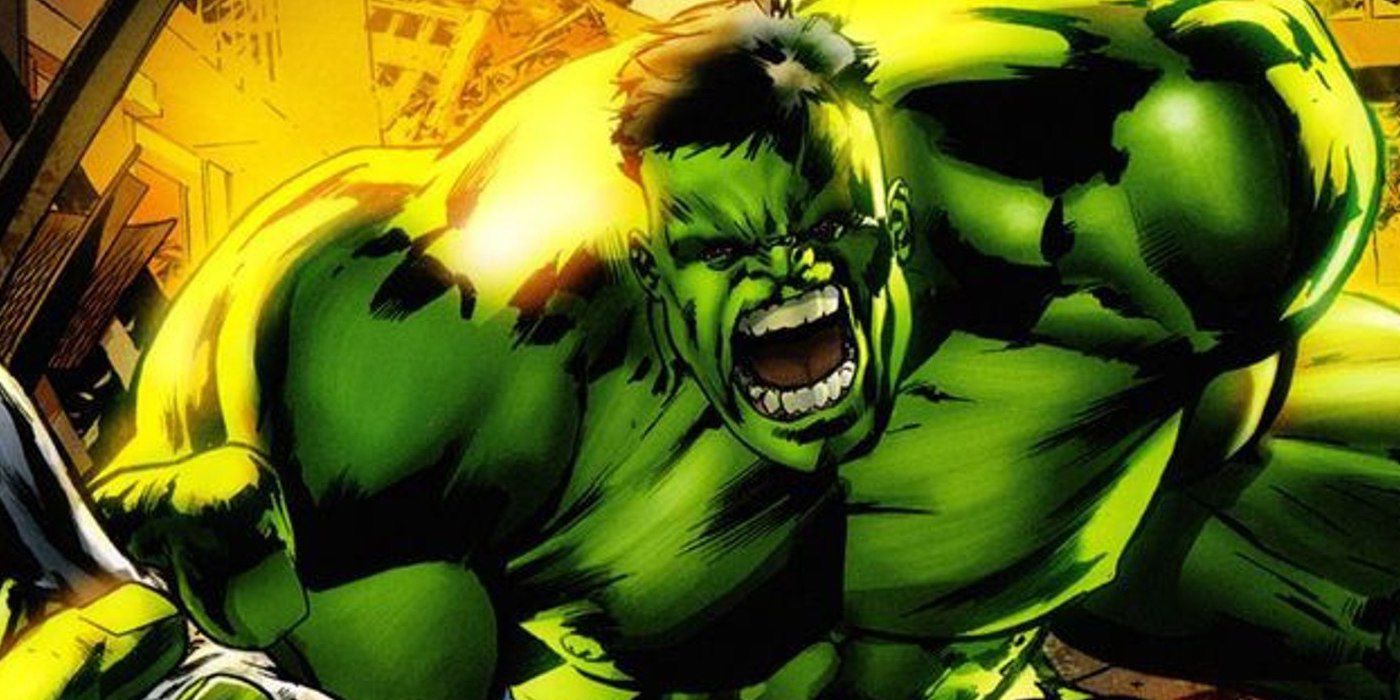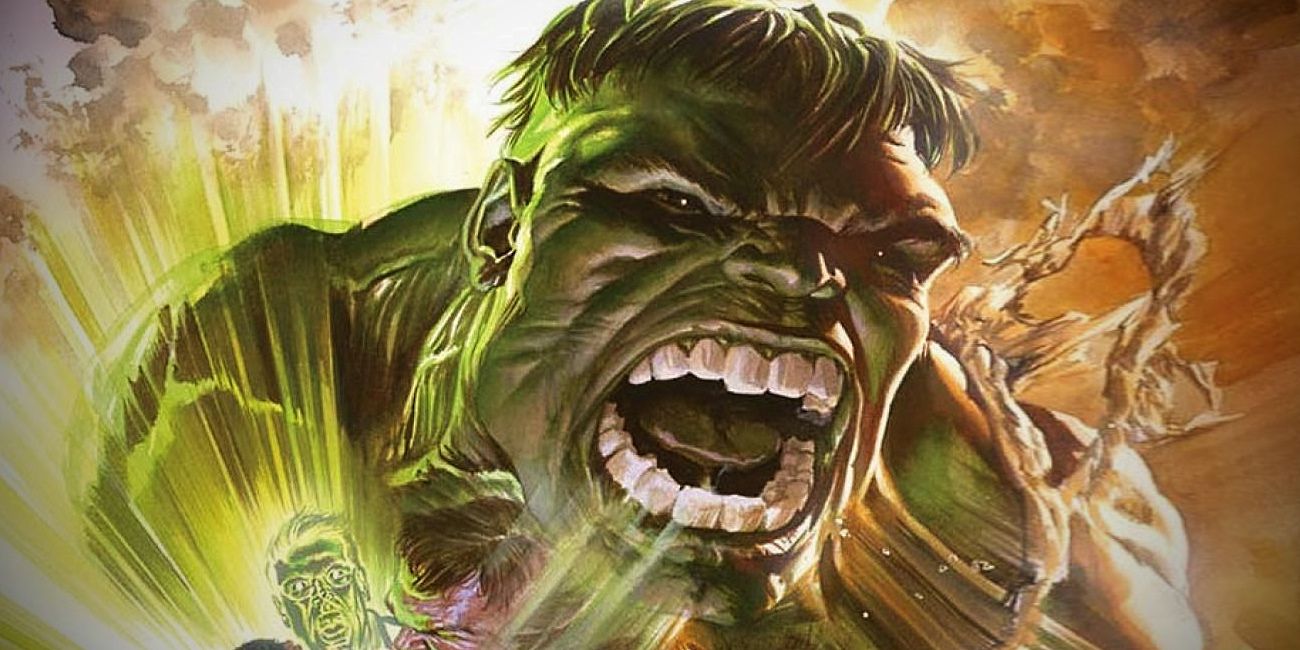The Incredible Hulk is by any metric one of Marvel Comics’ - and the MCU’s for that matter - most recognizable figures. A green-skinned and purple-panted gargantuan blend of brains and brawn, who unlike other superheroes and their secret identities, is really two separate characters: the Hulk and Bruce Banner. What’s even more iconic, and what makes the character so relatable—especially to younger readers—is the emotional trigger that turns the mild-mannered scientist into a nigh-indestructible Gamma-fuelled beast. Losing control of his anger means Banner literally loses control of himself and becomes an entirely different person. You’d be surprised to know then that the rage-induced transformation wasn’t a part of the character’s original DNA. And if that wasn’t enough, he wasn’t originally green either (but that’s a different story).
It took years before the “You wouldn’t like me when I’m angry” version of the character became the status quo, and the process was more iterative than you might expect. Like many Marvel characters from that era, it took time for Hulk to be fleshed out beyond the original concept of a misunderstood but loveable monster, who battles aliens and destroys expensive military equipment on a nightly basis.
Before the character appeared in Tales to Astonish and The Avengers, he had his own short-lived comic book series. The original six-issue run of The Incredible Hulk was published in 1962 and created by Stan Lee and Jack Kirby—though it’s worth noting that the final sixth issue was illustrated by the great Steve Ditko. Mild-mannered scientist Bruce Banner is exposed to the blast of his own Gamma bomb when he saves the life of a teenager - and future sidekick - Rick Jones. From that day on, Banner’s life is irrevocably cleft in two when he transforms into the Hulk, not when he gets angry, but rather when night falls. That’s right, Hulk was originally a nocturnal creature who would disappear again into Banner with the first light of day. By the fourth issue of Lee and Kirby’s run, it’s established that exposure to Gamma rays can transform Hulk back into Banner and vice versa. A big enough dose is enough for The Hulk not to change back during the day, or for Banner to lose control at night. Jones devises a Gamma gun for Banner to use to induce transformations at will.
So when does the anger-trigger become cannon? It wasn’t until two years later in 1964 when The Incredible Hulk began appearing in Tales to Astonish. In issue #59, by Stan Lee and Dick Ayers, a weary Bruce Banner returns home with “a burning rage in his heart” when the Hulk is unleashed. By issue #60, Banner has an epiphany and realizes that the same stress which turns him into the Green Goliath will also, eventually, turn him back. Confused? Don’t worry, this doesn’t last long. By Tales to Astonish #70 (1965), by Lee and Gene Colan, it’s explicitly stated that the madder Hulk gets the stronger he becomes, and the reverse is true too. At this point in the cannon, it’s clear that Banner returns when the Hulk has calmed down and his heart rate drops.
All in all, it took roughly three years after the character was first introduced as a gray giant lumbering in the dark before readers got the character we know and love today. The Incredible Hulk may not have been a “HULK SMASH” success right out of the gate, but as the character grew and evolved so too did his hold on the imagination of readers.


